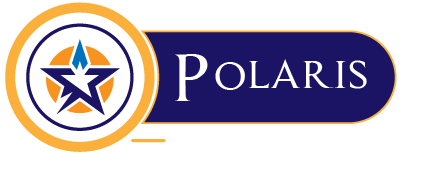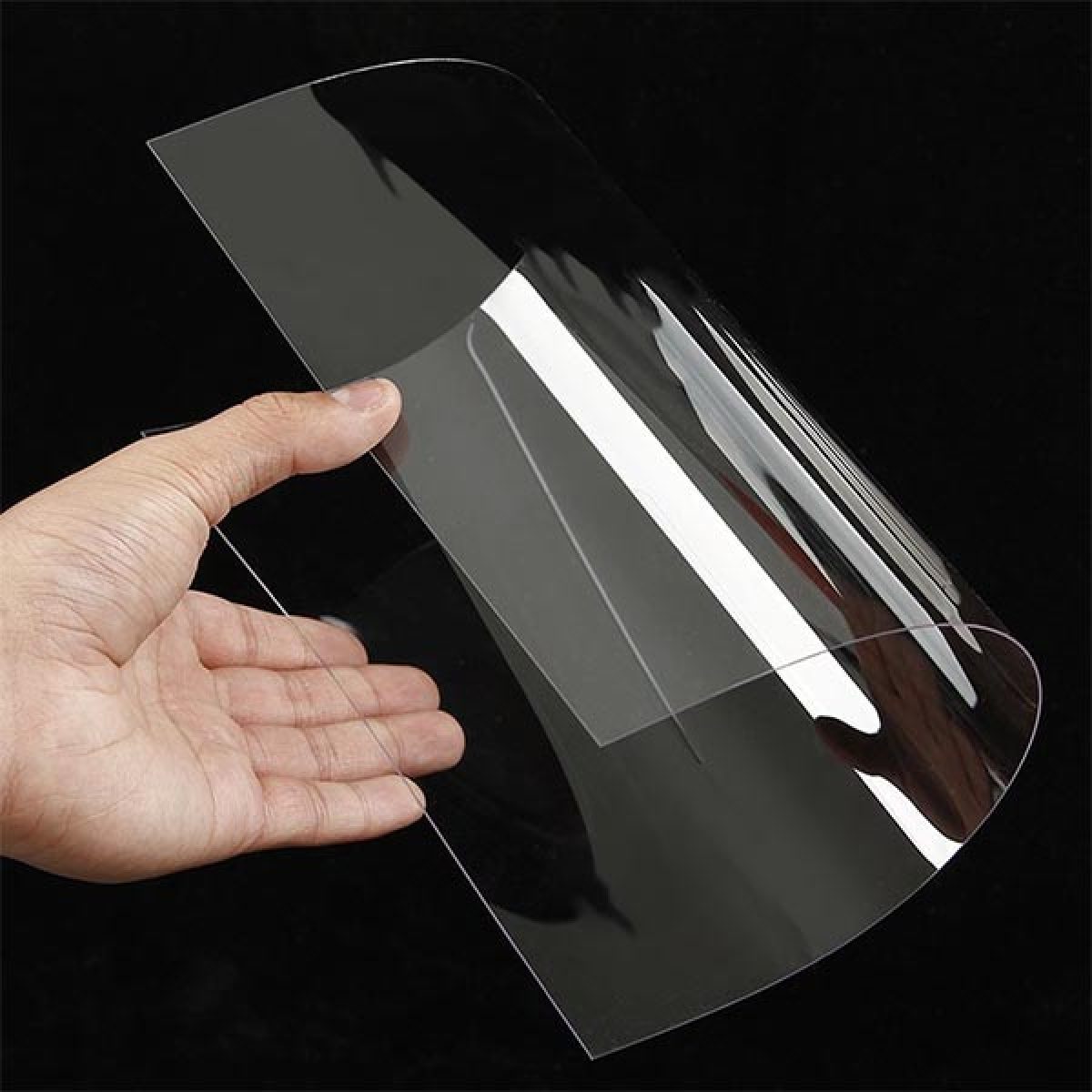Antifog films and sheets are specialized materials designed to thwart the development of fog or condensation on its surface. They work by lowering the material’s surface energy, making it hard for water droplets to stick to the surfaces. The reduction in surface energy improves clarity and visibility while reducing the cleaning and maintenance requirements.
Antifog films & sheets are largely used in applications where humidity and moisture are present. This blog post takes you to the realm of antifog films and sheets, shedding light on the characteristics and applications of these materials. Also, it covers the top insights you need to know about the antifog films & sheets market.
Characteristics of Antifog Films and Sheets
Below, we’ve detailed some common characteristics of antifog films and sheets:
Optimum cling: Antifog films and sheets have good film-to-film and sheet-to-sheet clinginess. That way, these films and sheets can be wrapped around containers of glass, porcelain, steel, and ceramic without the hassle of film entanglement.
High optical transparency: Antifog films and sheets have excellent anti-fog properties that allow for the see-through packaging of products to be displayed in freezing units.
Cold resistance: Antifog films and sheets are usually resistant to extreme cold. These films and sheets don’t crack even if the temperature goes up to -30 degrees Celsius.
Excellent breathability: The excellent breathability of antifog films and sheets means the food products stay fresh for longer periods. This, in turn, increases their shelf life.
High elasticity and good memory: Antifog films and sheets have higher elasticity and good memory. This allows the film to remain taught around the product without the formation of wrinkles.
Industry Analysis
The antifog films & sheets market is poised to witness steady growth. It was valued at USD 3.81 billion in 2023 and is projected to reach USD 5.87 billion by 2032. The market is anticipated to exhibit a CAGR of 4.9% during the forecast period 2024-32.
Material of Anti-Fog Films and Sheets
Anti-fog films and sheets are made from a variety of materials. They include:
Polyethylene: This is one of the most commonly used materials for anti-fog films and sheets. As the most widely produced plastic worldwide, polyethylene is primarily made up of the monomer ethylene. Polyethylene exhibits extraordinary properties such as low thermal conductivity, dielectric characteristics, and resistance to corrosion. Along with that, the material offers clarity and moisture resistance.
Polypropylene: Polypropylene is another widely utilized material for anti-fog films and sheets. Developed via chain-growth polymerization from the monomer propylene, polypropylene is molded or extruded into several plastic products in which flexibility and toughness are desired. It also provides good transparency and has moisture-resistant characteristics.
Polyvinyl Chloride (PVC): Polyvinyl chloride is highly popular among antifog films & sheets market key players. As a synthetic resin, PVC is made from the polymerization of vinyl chloride. It finds usage in a wide range of domestic and industrial products, including raincoats, shower curtains, and indoor plumbing. When properly formulated, polyvinyl chloride offers good clarity and exhibits anti-fog properties.
Cellulose: Cellulose is a complex carbohydrate that consists of several hundred to many thousands of glucose units. Cellulose-based materials like cellulose acetate can be used in the production of anti-fog films. These materials are renowned for their moisture-absorbing characteristics, which help prevent the formation of fog.
The Polyester Films Segment is Anticipated to Witness Significant Growth
Polyester films are known for their versatility and excellent performance properties. These characteristics make the suitable for a number of applications. Their excellent clarity and optical transparency mean they can be used in applications needing high visibility, such as eyewear, safety goggles, and food packaging. Besides, their good chemical resistance makes them a go-to choice in applications where exposure to chemicals or extreme conditions is common. As a result, the polyester film segment is projected to witness rapid growth in the antifog films & sheets market.
Applications of Antifog Films and Sheets
Antifog films and sheets have a wide range of end uses across several sectors. Some of them include:
- Food packaging
- Agricultural films
- Industrial visors and googles
- Instrument lenses and display panels
- Refrigerator doors
- Windshields
- Solar panels
- Windows
- Others
Promoting Sustainable Farming Practices
The agriculture industry is one of the major factors propelling the sales of antifog sheets and films. These sheets are used in greenhouses for the purpose of maintaining optimal humidity and temperature levels. As more and more regions utilize greenhouse technology to improve crop yield, the antifog films & sheets market demand is projected to rise.

